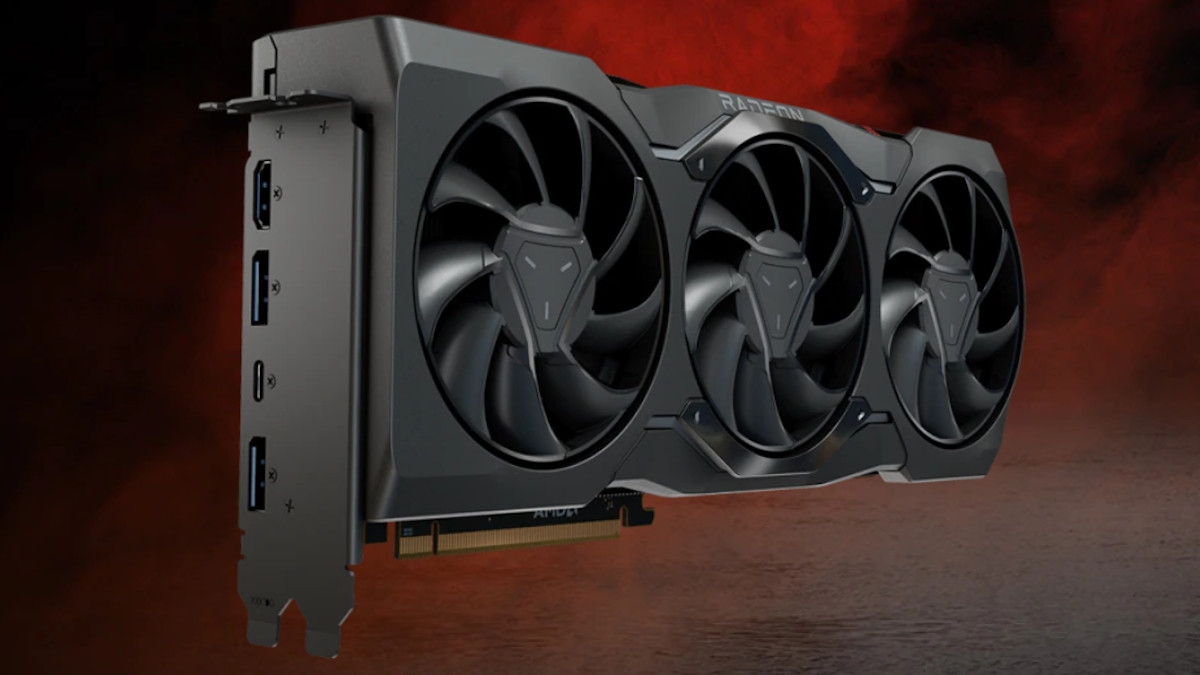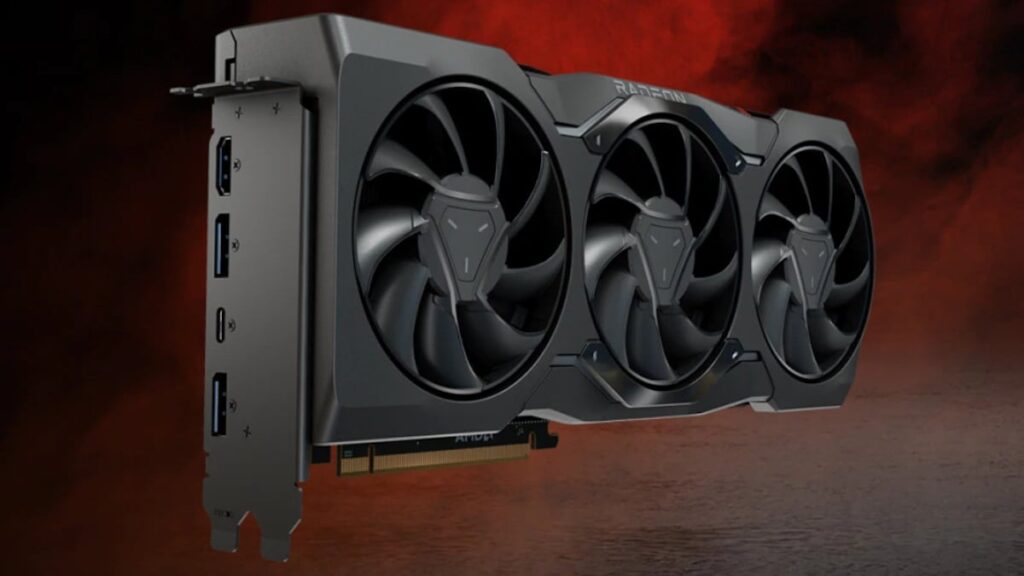
AMD’s RX 9070 XT graphics card has seemingly been spotted in more leaked benchmarks and this time the claim is that this is going to be a seriously fast piece of hardware.
As you can see in the above post from Tomasz Gawroński (a regular contributor of leaks on X), these are apparently FurMark results for the RX 9070 XT.
That’s a little muddied by the fact that the benchmarks (for 4K resolution) in question are attributed to a ‘Radeon RX 7800 XT’ card, but as Gawroński points out, the GPU carries the same PCI-ID as that previously attached to the RX 9070 in the likes of Geekbench leaks. So, it appears someone is trying to fudge things and cover up the identity of the RDNA 4 GPU.
And clearly given the results, this is not the 7800 XT, as it’s way faster than that level. And if you’re thinking – wait a minute, didn’t you say it was a leak for the 9070 XT – well, what appears to be the case is that the XT version of the pair of incoming RDNA 4 GPUs has the same ID number as the vanilla variant.
Given the reported power usage, it certainly seems like this is the 9070 XT, and as mentioned the results surely indicate this, too, as they put the graphics card about level with the RX 7900 XTX (yes, we meant XTX, that’s not a typo with an extra ‘X’). Naturally, add in your own skepticism at this point.
Although if you want to get even more carried away with the idea of the 9070 XT coming in as a seriously peppy performer, further bear in mind that this testing was apparently completed using beta drivers from early January. Meaning that the finished graphics driver could see even better frame rates from this RDNA 4 GPU.
Forget that Geekbench disappointment
VideoCardz spotted this leak, by the way, and observes that this kind of performance is in line with what the site is hearing on the rumor mill elsewhere in terms of the RX 9070 XT’s potential frame rates.
More broadly, it mirrors some previous rumors we’ve heard, too. As for the Geekbench leak also aired this week – which was a disappointing showing, for sure – this appears to be more of a reflection of the RDNA 4 GPUs not working well with that particular benchmarking suite than anything else.
Of course, Geekbench is hardly the first port of call for assessing the gaming chops of any given GPU, anyway.
FurMark isn’t either, to be fair, but it’s a fairly decent representation of what we might hope for. As ever, though, the story will only really unfold with a whole bunch of real-world gaming benchmarks, and the time for that tale to be told is almost upon us.
